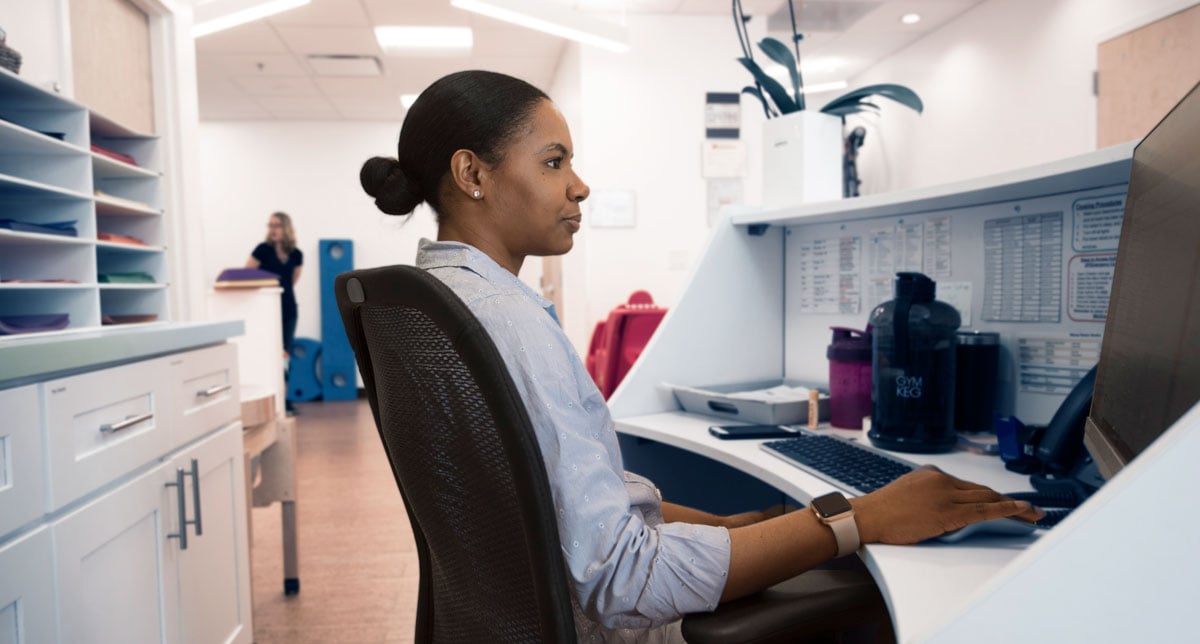
In December 2020, Congress funded a new Paycheck Protection Program (PPP) to help small businesses during the COVID-19 pandemic. The new PPP is more flexible than the original and allows prior PPP loan recipients to apply for a second loan under certain conditions. The PPP is now open for applications.
On February 22, 2021, the Biden Administration announced new rules for the PPP to make it easier for small businesses to obtain these loans.
What is the PPP?
The PPP is a federal loan for small businesses facing challenges due to COVID-19 which is forgivable (works like a grant) if certain conditions are met. There are loans for businesses who have not received a PPP before — called First Draw Loans — and loans for prior PPP recipients — called Second Draw Loans. The maximum first draw loan is 2.5 times the average monthly payroll. The maximum second draw loan is $2 million.
Criteria for Full Loan Forgiveness
- At least 60% of the loan must be spent on payroll.
- Up to 40% can be spent on utilities, rent, mortgage interest, “covered operations expenditures” (like child care system management software), “covered supplier costs” (e.g. goods and perishable goods, essential to operations), “covered worker protections” (e.g., PPE, sanitation, supplies related to social distancing and other operating and capital expenses for workplace to meet CDC or other official safety guidance).
- The loan must be spent within 24 weeks.
Who is Eligible?
Most child care programs are eligible and Child Care Resource and Referral agencies (CCR&Rs) may be eligible if they are a separate legal entity. Eligibility for First Draw Loans (same as before): non-profits or small businesses with fewer than 500 employees, self-employed individuals, sole proprietors and independent contractors.
Eligibility for Second Draw Loans: (1) non-profits or small businesses with fewer than 300 employees, self-employed individuals, sole proprietors, and independent contractors; (2) at least a 25% decrease in gross revenue in one quarter of 2020 compared to the same quarter in 2019; and (3) all of the first PPP loan must be spent by the date of the disbursement of the second loan.
How to Apply
Loans are first come, first serve through March 31, 2021 if the program does not run out of money.
Apply through any bank, credit union or lender that is an existing SBA 7(a) lender. It may be best to try your usual bank. Find a lender in your area or try a lender match tool. Download the application for First Draw Loans and Second Draw Loans.
Community Development Financial Institutions (CDFI’s) may be particularly helpful in securing PPP loans. Find a CDFI near you.
February Updates
- February 23 – March 10 – During this two-week period, only businesses with less than 20 employees can apply for the PPP. This should allow lenders to focus their time and attention to assisting these types of businesses.
- The loan calculation formula will be revised for applicants that are sole proprietors, independent contractors, and self-employed individuals to help the PPP provide more relief for these categories of business.
- Note: The new funding formula could significantly increase the amount of money an applicant receives. Under the current policy, the new funding formula will not be retroactive, i.e., applications submitted before the new funding formula goes into effect will be subject to the current (“old”) funding formula. We encourage applicants to consult with their lender about whether they should apply now (and potentially receive less money) or wait until the new funding formula goes into effect.
- There is a $1 billion set aside for sole proprietors, independent contractors and self-employed individuals located in low- and moderate-income areas.
- Non-citizen business owners who are lawful U.S. residents may now use their Individual Taxpayer Identification Numbers (ITINs) to apply for PPP.
- Small business owners with a non-fraud felony conviction in the prior year are now eligible for the PPP as long as they are not incarcerated at the time of application.
- Small business owners who are delinquent on their federal student loans are now eligible for the PPP.
Learn More
- CCAoA Tip Sheet - Understanding 2021 Federal Assistance Options for Child Care Providers and CCR&Rs During COVID-19
- CCAoA Webinar - Understanding 2021 Federal Assistance Options: A Webinar for CCR&Rs and Child Care Programs (recorded February 2021)
- CCAoA Info Sheet - How Child Care Resource and Referral Agencies Can Partner with Community Development Financial Institutions to Increase Child Care Programs’ Access to Financial Services and Information
- Step-by-Step Tool - Stimulus Navigator
![ECCTAC-Logo[1]-1](https://info.childcareaware.org/hs-fs/hubfs/Rich%20Text%20Pasting/unknown-1595431381223.png?width=299&name=unknown-1595431381223.png)
This post is brought to you by CCAoA's Emergency Child Care & Technical Assistance Center™.
Learn more and request technical assistance.





